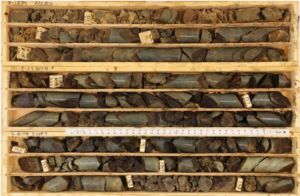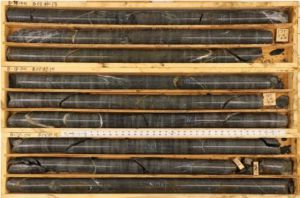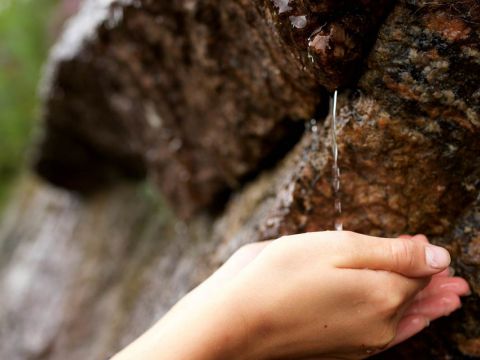Ground Water
Ground Water
The Idaho-Maryland Mine Project includes many design features and best practices to ensure the utmost protection of water.
The project is a net producer of clean water.
Groundwater, which contains natural dissolved minerals, seeps into the underground mine and is pumped to surface.
A large lined pond ensures that no discharge of untreated water or sediment can occur from the mine site.
A small amount of water is used for mineral processing. The plant recycles ~93% of the water used during mineral processing and consumes less than 450 gallons per oz of gold produced. 90% less than the industry average of ~5,000 gallons per oz of gold.1
Groundwater in the mine area is not affected substantially by drought or wet cycles as demonstrated by the lack of changes in the individual well hydrographs between wet and dry climatic cycles.

WATER WELLS
The dewatering of the existing mine and new mining have very limited effect on the water table.
The effect on the water table outside of the E. Bennett area above the mine is negligible and verified by robust modelling, calibrated with real data from historic mining, and numerous independent PhD experts.
Effects in the E. Bennett area are minor, with change to the water table of approximately 5 feet. No wells would be dewatered or drained. Wells in this area typically have a water column of 160 feet and fluctuate about 60 feet annually. For peace of mind, Rise will connect up to 30 properties to the NID potable water system before dewatering and owners can also continue to use their wells.
Since the mine is down-gradient of water wells, it is not possible for mine dewatering to affect water quality in wells.
 A water well draws from the near-surface fractured rock
A water well draws from the near-surface fractured rock
 Mining is in solid “impermeable” bedrock
Mining is in solid “impermeable” bedrock
References
1) Based on Idaho Maryland Mine Project Description compared to 2019 public sustainability reports for top 10 gold producers representing 27% of world gold production


